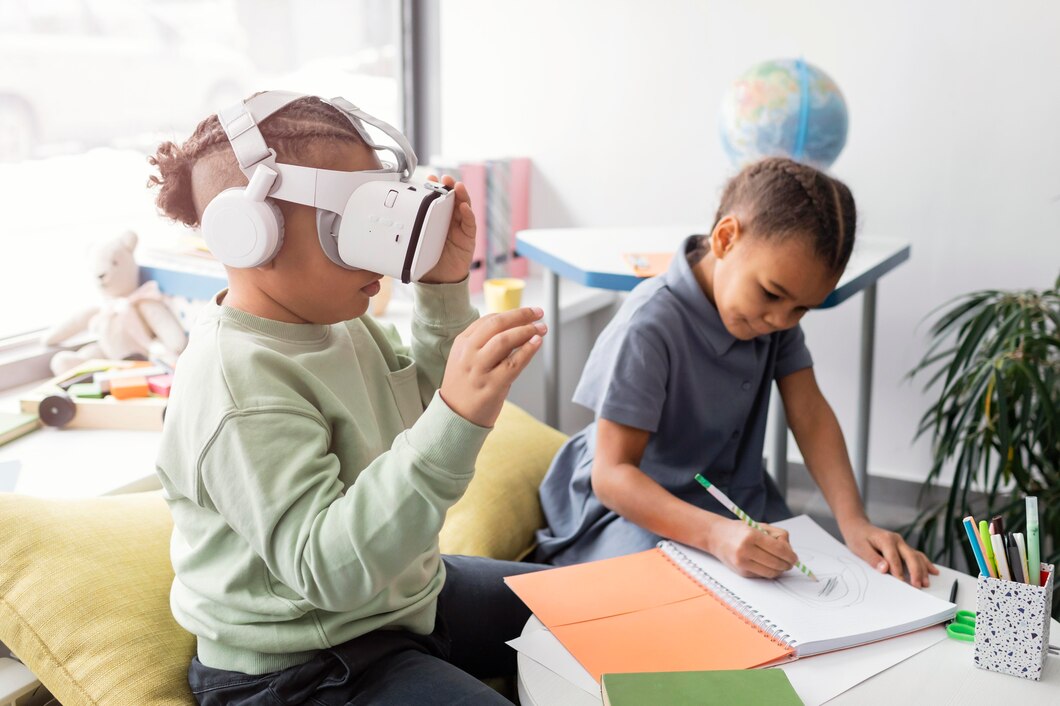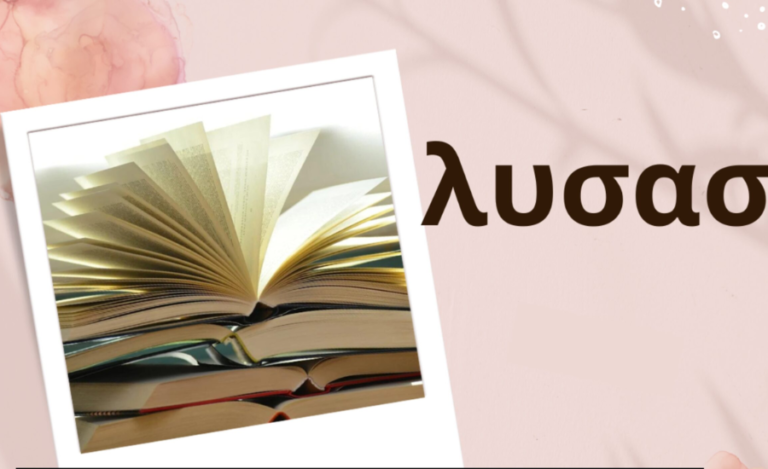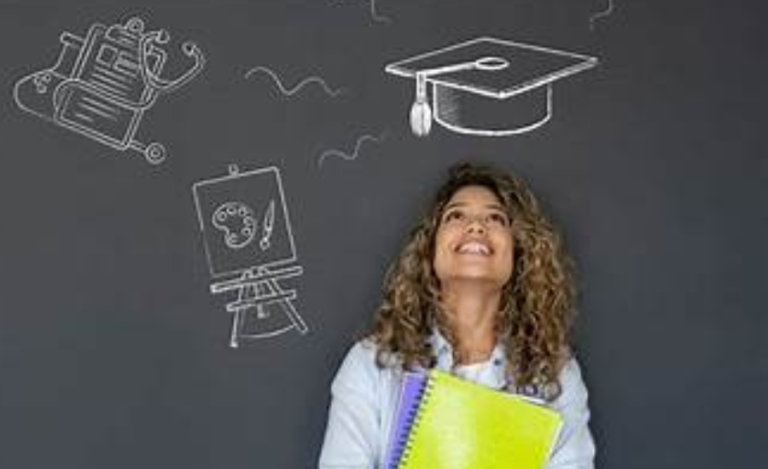The Future of Education: Innovative Teaching Methods to Inspire Kids
As we navigate an ever-changing world, the landscape of education is evolving to meet the needs of future generations. Traditional teaching methods are being supplemented—and in some cases replaced—by innovative techniques designed to engage, inspire, and equip children with the skills necessary for success. In this blog post, we’ll explore some of the most exciting teaching methods that are shaping the future of education, ensuring that learning is not only effective but also enjoyable.
Project-Based Learning (PBL)
One of the most powerful innovative teaching methods is Project-Based Learning (PBL). This approach allows students to engage in real-world projects that require critical thinking, collaboration, and creativity. Instead of simply memorizing facts for a test, children dive deep into topics that interest them. For instance, a class might work together to design a sustainable garden, learning about biology, environmental science, and teamwork in the process.
PBL encourages students to take ownership of their learning, fostering a sense of responsibility and motivation. The skills they acquire through this method—such as problem-solving and effective communication—are invaluable, preparing them for future challenges in both their personal and professional lives.
Flipped Classrooms
The flipped classroom model is another innovative method gaining popularity. In this approach, traditional teaching elements are reversed. Students learn new content at home, often through video lectures or online materials, and then use classroom time for discussions, group work, and hands-on activities.
This model allows teachers to spend more time interacting with students, providing personalized support, and facilitating a deeper understanding of the material. Students benefit from the flexibility to learn at their own pace, allowing for differentiation that meets diverse learning needs. The flipped classroom empowers children to take charge of their learning while fostering a collaborative classroom environment.
Gamification
Incorporating game design elements into education—known as gamification—can significantly enhance student engagement. By turning lessons into games, educators can create a fun and interactive learning experience. This method leverages elements like points, levels, and challenges to motivate students and encourage them to achieve their goals.
For example, a teacher might use a quiz-based game where students earn points for correct answers, fostering a sense of competition and achievement. Gamification not only makes learning enjoyable but also helps students develop important skills such as strategic thinking and perseverance. As technology continues to advance, the potential for gamified learning experiences is limitless.
Mindfulness and Social-Emotional Learning (SEL)
With an increasing focus on the mental and emotional well-being of students, mindfulness and Social-Emotional Learning (SEL) have become vital components of innovative teaching methods. These approaches teach children to manage their emotions, build healthy relationships, and make responsible decisions.
Integrating mindfulness practices—such as meditation and deep-breathing exercises—into the classroom can help students improve focus, reduce stress, and enhance their overall well-being. SEL programs equip children with the tools to navigate challenges, develop empathy, and cultivate resilience. By prioritizing mental health alongside academic achievement, educators can create a more holistic approach to learning.
Technology-Enhanced Learning
The integration of technology into education has opened up a world of possibilities. Virtual and augmented reality, interactive simulations, and online collaborative platforms are transforming how students learn. For instance, using virtual reality headsets, students can explore historical landmarks or dive into the ocean to study marine life, all from their classroom.
Moreover, technology-enhanced learning allows for personalized learning experiences. Adaptive learning software can tailor lessons to individual student’s needs, ensuring that each child progresses at their own pace. By embracing technology, educators can make learning more dynamic, engaging, and accessible for all students.
Cooperative Learning
Cooperative learning is an approach where students work together in small groups to complete tasks, solve problems, or engage in discussions. This method promotes teamwork, communication, and critical thinking, allowing children to learn from one another while building social skills.
For example, in a science class, students might work in groups to design an experiment, each taking on different roles such as researcher, recorder, or presenter. Cooperative learning fosters a sense of community in the classroom and helps students appreciate diverse perspectives. By collaborating with peers, children learn to respect differences and develop important interpersonal skills.
Inquiry-Based Learning
Inquiry-Based Learning (IBL) encourages students to ask questions, explore, and conduct research to find answers. This method promotes curiosity and nurtures a love for learning by allowing children to take the lead in their educational journey.
In an IBL classroom, teachers act as facilitators, guiding students as they investigate topics that intrigue them. This method not only enhances critical thinking and analytical skills but also empowers children to become lifelong learners. By fostering a culture of inquiry, educators prepare students to navigate a complex world filled with questions and challenges.
In Conclusion
The future of education is rooted in innovative teaching methods that inspire, engage, and equip children for success. By adopting strategies such as Project-Based Learning, flipped classrooms, gamification, mindfulness, technology-enhanced learning, cooperative learning, and inquiry-based learning, educators can foster dynamic and effective learning environments.
These approaches not only make education enjoyable but also provide students with the crucial skills necessary to thrive in a rapidly changing world. Public charter schools in Dacono, for example, are at the forefront of these advancements, ensuring that every child has the chance to learn, grow, and achieve their potential as we continue to innovate and adapt in education.
Keep an eye for more news & updates on HipHopHipHop!




